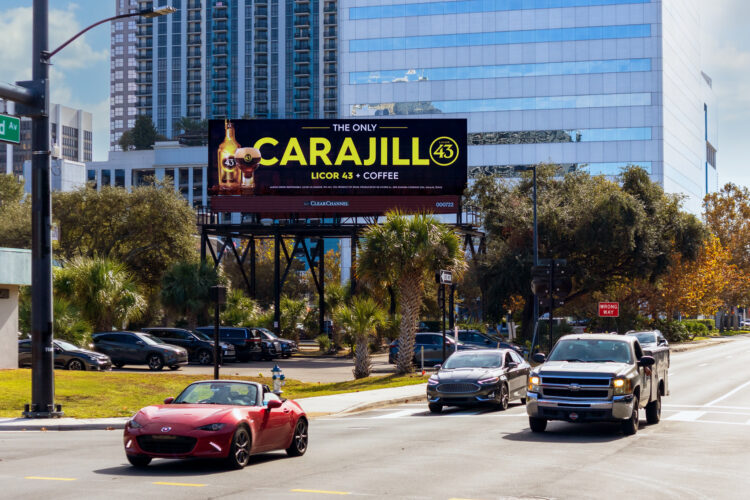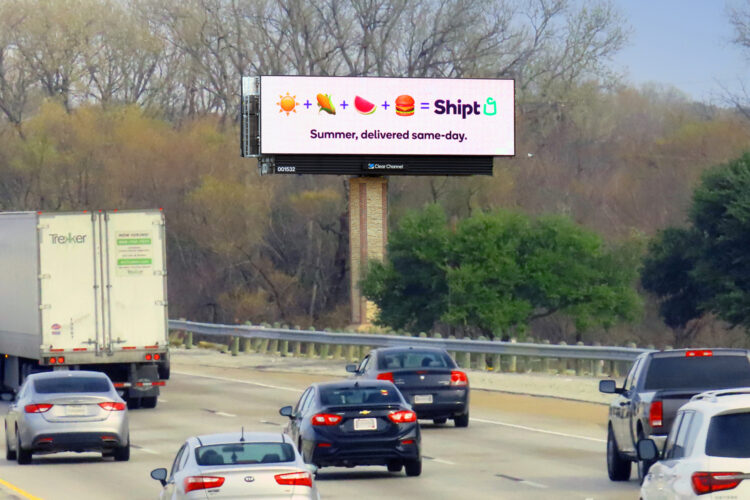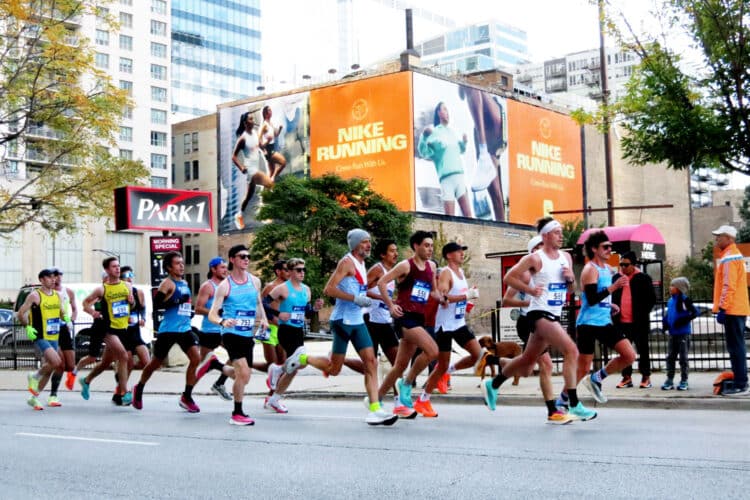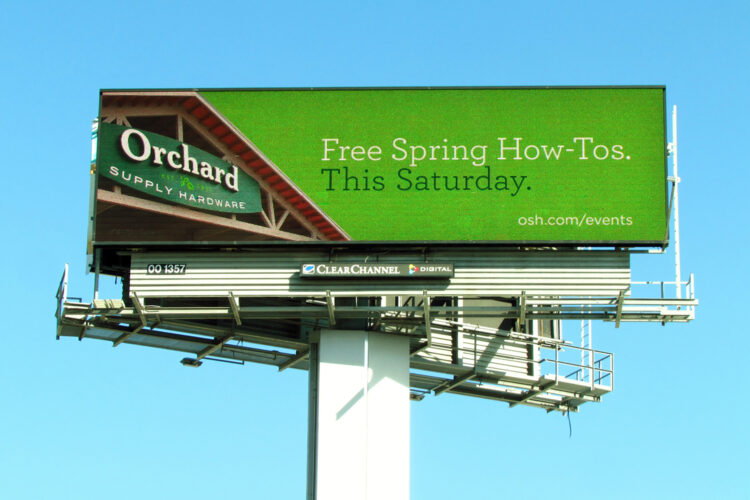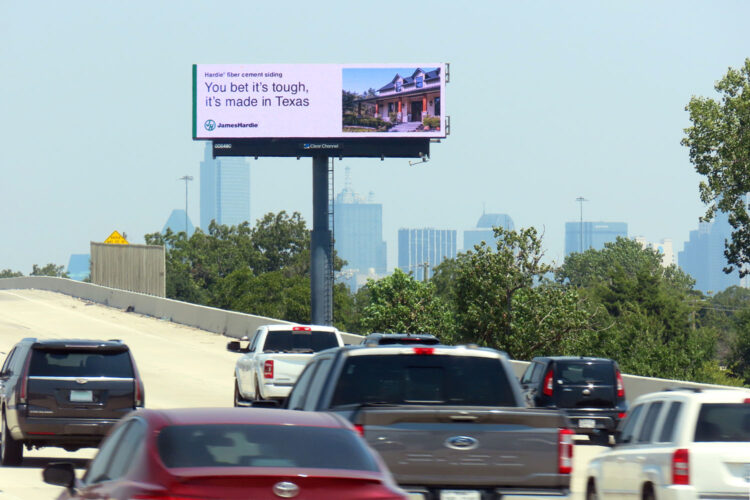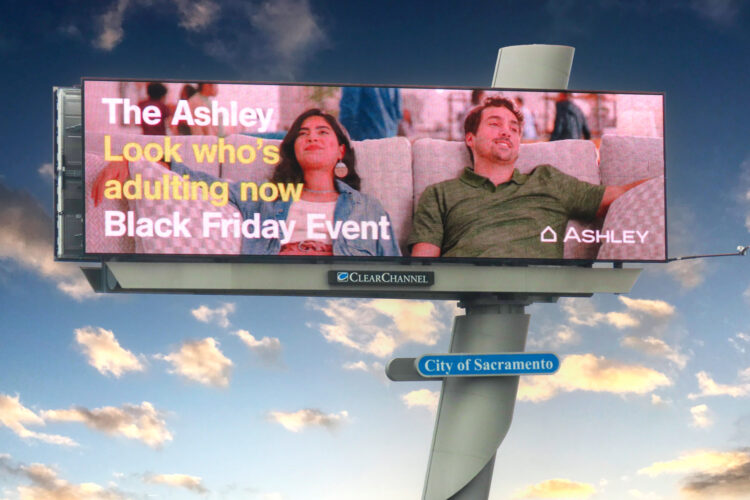The Roadblock Strategy: Why the Best Advertising Can’t Be Skipped
In a world of skip buttons and endless scrolling, billboard advertising remains unavoidable. Digital Roadblocks take out-of-home’s innate advantages and amplify them, concentrating presence into synchronized moments that cover entire markets and drive exponential impact.
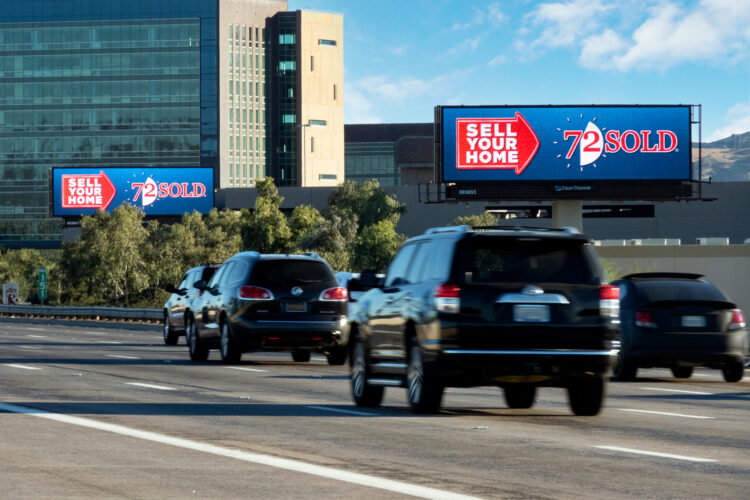
Trapped in the scroll
Over breakfast the other day, I scrolled through my phone while the local news played in the background. The routine was the same every day: Instagram story, skip ad, LinkedIn feed, close promoted post, switch to Spotify, endure the same mattress commercial I'd heard six times that week. I fell into an automatic pattern: find content, dodge the interruption, move on.
This is the reality of modern media: consumers are dodging brand messages at every turn. The challenge isn't just reaching audiences; it's reaching them in environments where they're actually receptive. 87% of viewers say they're bombarded by repeat ads on streaming platforms, turning what should be brand-building opportunities into fast tracks to consumer fatigue. Digital platforms offer a skip button, a close icon, an endless scroll to somewhere else.
An hour later, my commute told a different story. As I drove through the usual traffic, I noticed something I couldn't scroll past, skip, or close: a synchronized ad appearing on multiple digital billboards along my route.
That's when it hit me. While the rest of the media world chases audiences through an endless maze of avoidable touchpoints, there's one strategy that literally can't be closed or scrolled away from: Billboard Advertising.
The unscrollable moment
Recent studies point to out-of-home (OOH) as not just a resilient media channel, but one that's more essential than ever before. Unlike digital channels where consumers actively avoid ads, OOH advertising isn't intrusive; consumers can engage with it on their terms, which leads to positive perception of the medium. And according to Kantar, it's the only traditional medium that still ranks for Gen Z.
But there's a way to amplify OOH's innate advantages even further: Digital Roadblocks. Picture this: It's 5:30 PM during Tuesday rush hour. Your brand message isn't competing for attention on a cluttered social feed or interrupting someone's streaming show. Instead, it's appearing on every Clear Channel digital billboard across the entire market, simultaneously. Commuters can't skip it. They can't close it. They can't scroll past it. Your brand doesn't just own a few touchpoints; you own the moment itself.
That's exactly what Stouffer's did recently to combat "dinner dread" - that late afternoon anxiety about meal planning. Their OOH ads went live in multiple markets including Atlanta, Dallas, Washington D.C., Tampa and Los Angeles between 4-6 p.m., or when Stouffer's believes dinner dread takes hold. The synchronized Digital Roadblock turned a simple frozen meal ad into an unavoidable solution appearing precisely when consumers needed it most.
And when Dude Wipes launched a 'smear campaign' against rivals in the toilet paper category, they ran a Roadblock campaign across several key markets on National Toilet Paper Day. The bold move paired with bold creative allowed them to 'own' those markets and create a memorable experience that resonated online. Co-Founder and CMO Ryan Meegan admits, "We want to keep showing up in these moments and having folks remember us for that next time they're at the store or shopping on Amazon."
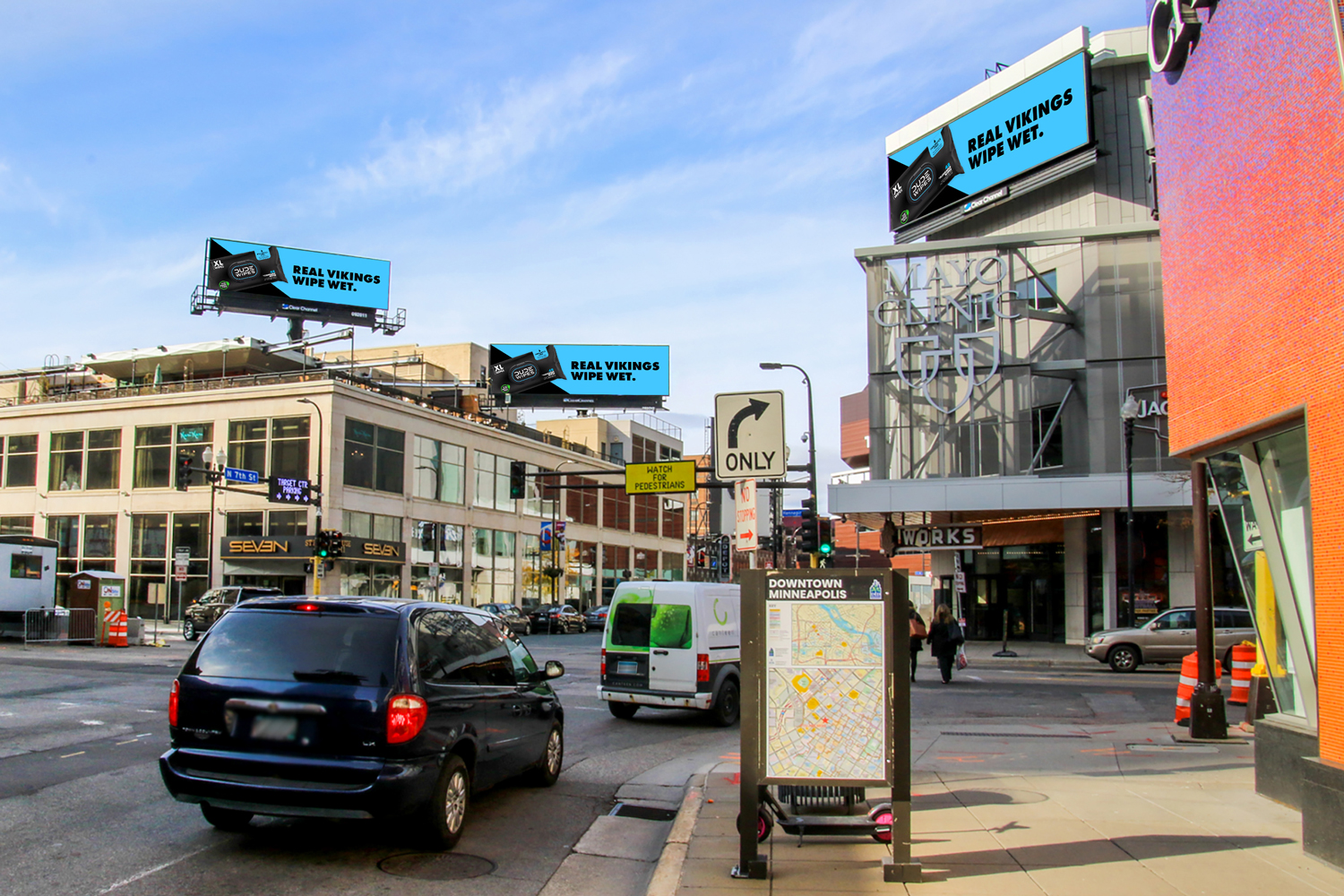
What makes these campaigns so effective isn't just bold creative or smart timing, it's the unskippable nature of synchronized presence. From the consumer perspective, Roadblocks transform advertising from interruption into integration. Instead of feeling bombarded by scattered messages across disconnected platforms, commuters experience cohesive brand touchpoints that feel intentional and significant. They're the kind of experiences that generate social media posts and water cooler buzz (or become the topic of conversation in those first awkward minutes of a Zoom call).
OOH reaches consumers without hijacking their social feed or halting their show: it gives them the opportunity to consume the message without interrupting their journey or objectives. And unlike digital frequency that breeds annoyance, in OOH, frequency is a proven performance multiplier. Studies have shown that consumers exposed to OOH ads 14 or more times were four times more likely to visit the advertised location. When that frequency is concentrated into Roadblocks, the impact intensifies exponentially.
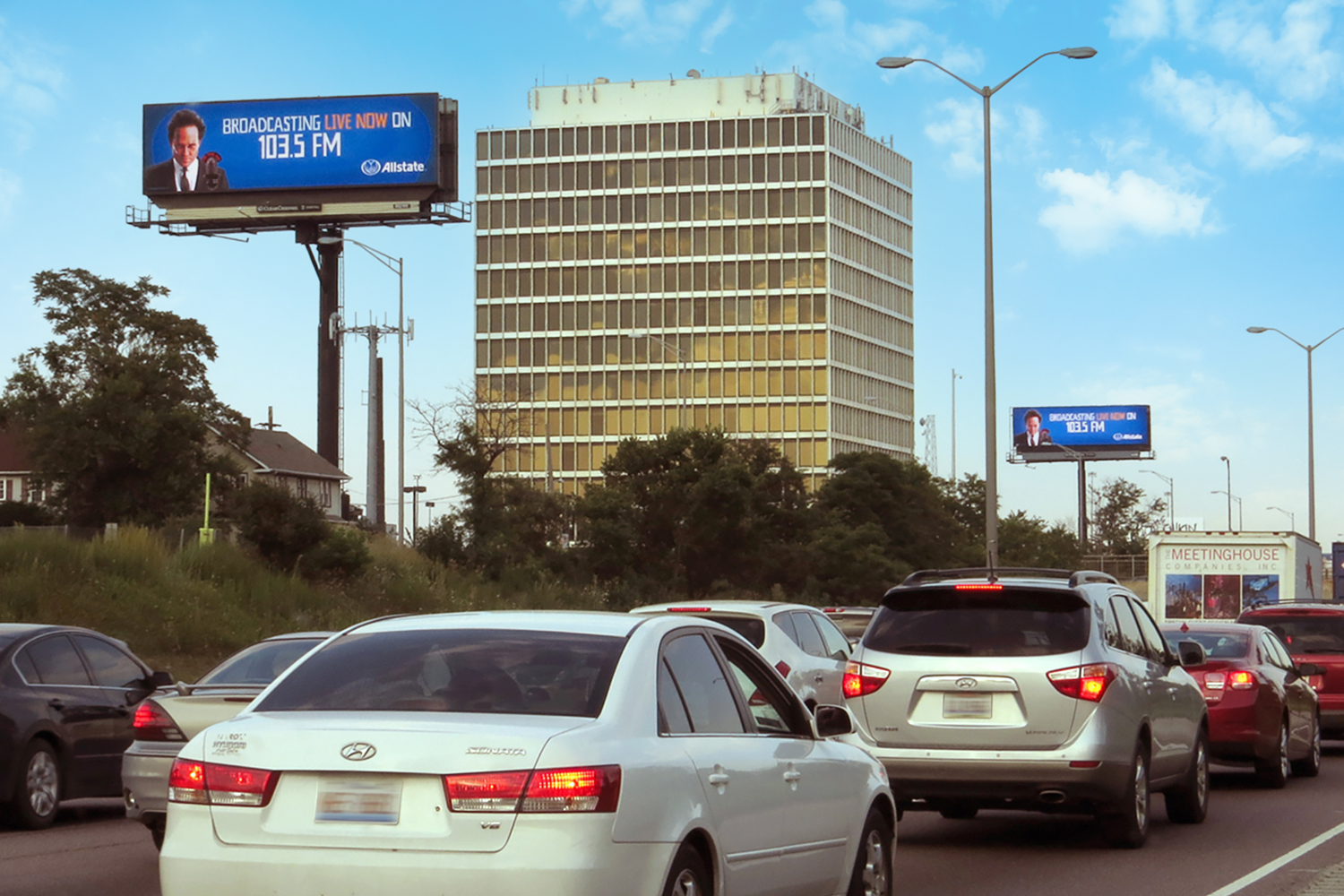
Your Roadblock moment awaits
In our infinitely scrollable world, the most valuable real estate is physical space that can't be skipped, blocked, or avoided. Digital Roadblocks create the anchor points that give all your touchpoints meaning and memorability. They transform fragmented campaigns into unified market experiences, turning daily commutes into brand encounters that consumers remember, discuss, and act upon.

Shubha Goenka
Vice President, Strategic & Product Marketing
In her current role, Shubha supports the leadership of brand and product marketing across Clear Channel’s U.S. footprint. Her career journey spans more than two decades, beginning as a junior graphic designer at Wunderman Dubai and evolving into roles that blended creativity with strategy. Along the way, she built expertise in B2B marketing, media strategy, and brand communications, with a focus on turning ideas into measurable outcomes. At Time Warner Cable Media (now Spectrum Reach) and later at Smithsonian Channel, she deepened her experience in media and advertising, earning recognition from Women in Cable Television as a ‘Rising Leader’. Shubha holds a bachelor’s degree in Graphic Design with a minor in Typography from the American University in Dubai.
More by ShubhaExplore More Posts
In a Fractured Media World, OOH Is the Proven, Essential Medium in the Mix
Out-of-Home (OOH) advertising is increasingly vital in a fragmented media landscape where traditional channels face challenges like ad avoidance and brand safety. Recent studies demonstrate that OOH not only breaks through consumer attention barriers but also drives key brand metrics without many of the challenges common in digital ads.
6 min
OOH Spring Campaigns: Creative Strategies to Make Your Brand Blossom in 2026
Spring brings a renewed mindset for consumers, focused on fresh starts, special moments, and new purchases. Brands can capture this energy with billboard campaigns that inspire action during the season.
2 min
How to Choose the Right Billboard Locations: 6 Data-Backed Tips for Success
Location can make or break a billboard campaign. Clear Channel Outdoor (CCO) has tips and data-backed solutions to help your ad reach the right audience at the right time.
5 min
OOH Drives Engagement and Sales for much-anticipated Black Friday Shopping Events
Whether promoting a one-day doorbuster or a multi-week campaign, Out-of-Home (OOH) advertising is a door-buster for marketers to win this holiday season kick-off.
